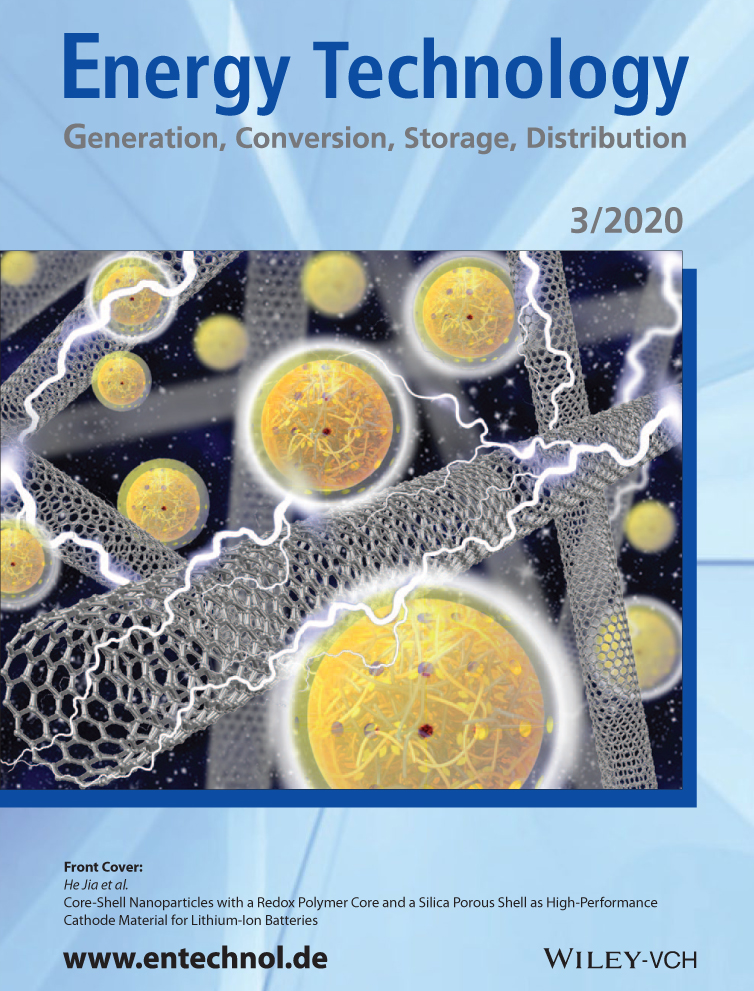A Highly Flexible Yet >300 mAh cm−3 Energy Density Lithium-Ion Battery Assembled with the Cathode of a Redox-Active Polyether Binder
Abstract
A highly flexible yet high-energy-density cathode for lithium-ion batteries is fabricated with a novel redox-active binder polymer composed of 2,2,6,6-tetramethylpiperidine 1-oxyl (TEMPO) with vinyl ether main chain, lithium cobalt oxide, and single-walled carbon nanotube. The cathode itself and its battery display excellent durability against repeated bending over 104 times. The highest volumetric capacity beyond 300 mAh cm−3 as a flexible electrode is achieved based on the highly adhesive and redox-active, robust radical polyether binder. A highly flexible, only 0.5 mm-thick, lithium-ion battery charge/discharges repeatedly with constant output around 3.8 V even under rapid bending. Herein, the operation of flexible electronic devices with well-balanced energy density and power-supplying purposes is discussed.
Conflict of Interest
The authors declare no conflict of interest.




